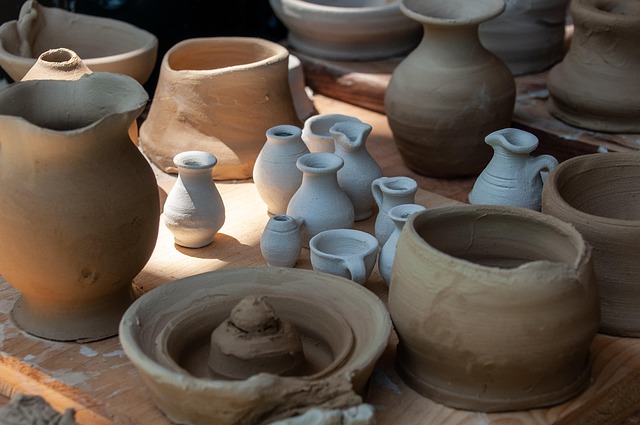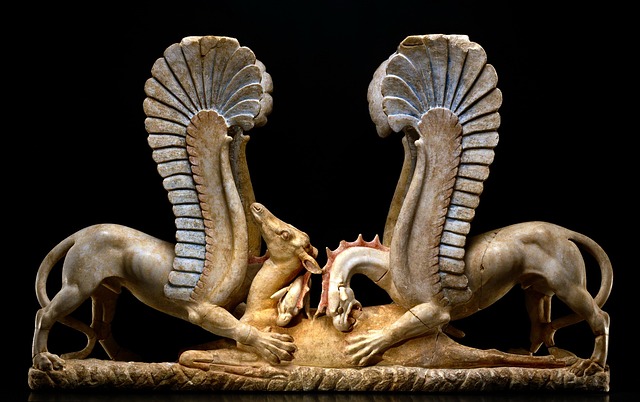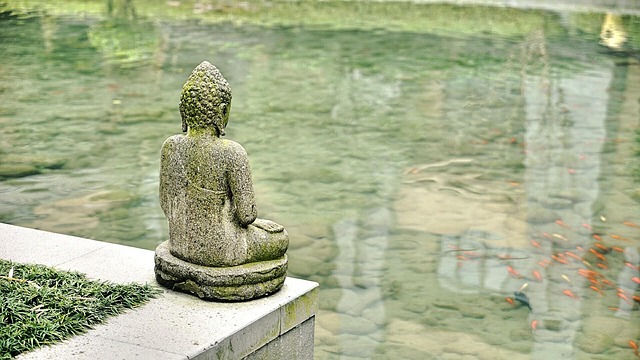Unearthing Tradition: The Art of Clay Bowl Sculpture in Fine Arts and Culture
When we think of art, our minds often wander to galleries filled with grandiose paintings, striking sculptures, and modern installations. However, one of the most grounded and intimate forms of artistic expression emerges from the relationship between humanity and the earth: the clay bowl. This simple yet profound object transcends mere utility, inviting us to explore its rich heritage within both fine arts and culture.
The art of sculpting with clay has been practiced for millennia, an endeavor that connects us to our predecessors. Each clay bowl tells a story, molded not just by the hands of its creator but also by the cultural narratives that shaped them. From ancient civilizations crafting everyday items to contemporary artists redefining functionality, clay bowls symbolize our shared human experience.
Fine Arts: Beyond Utility
In the realm of fine arts, clay bowl sculpture stands as a testament to creativity and craftsmanship. Artists have elevated these functional vessels into forms of artistic expression, transcending their humble origins. Think of the delicate curves and intricate designs that adorn modern clay bowls, transforming them into pieces deserving of exhibition in prestigious galleries.
Artists today are not just sculptors; they are storytellers. Each bowl, whether simple or ornate, may reflect personal emotions, cultural symbols, or social commentaries. By adopting traditional methods and exploring innovative techniques, contemporary sculptors breathe new life into this age-old craft, allowing the clay bowl to speak in ways that captivate and inspire.
Cultural Significance: A Reflection of Heritage
Beyond aesthetics, clay bowls serve as cultural artifacts that embody the essence of various communities. They are often imbued with symbolism, reflecting the values, traditions, and rituals of the societies that create them. From ceremonial uses in ancestral rites to practical applications in daily life, these bowls are central to many cultural narratives.
Take, for example, the decorative pottery of various indigenous tribes around the world, where each design choice can signify cultural stories passed down through generations. The clay bowl transcends its physical form, becoming a vessel of identity and a bridge linking the past with the present. This interplay of form and meaning brings a profound depth to the artistic practice surrounding this modest object.
The Emotional Connection
For many, pottery and clay bowl sculpting evoke a deep emotional response. The tactile nature of working with clay creates a connection to the earth, imbuing the artist’s process with a sense of grounding and mindfulness. As fingers glide over the moist surface, shaping and refining, there exists a moment of quiet reflection that speaks to the universal pursuit of creativity.
Moreover, the act of using or gifting a clay bowl fosters connections between people. Whether it serves a meal in a family gathering or adorns a shelf as a cherished memento, it becomes a part of life’s shared experiences. This personal touch transforms each clay bowl into a cherished token, keeping the traditions alive as they pass through generations.
In an era where digital art and mass production often overshadow traditional methods, the clay bowl stands as a beacon reminding us of the beauty found in the tactile, the handmade, and the culturally rich. As we unearth the legacy of clay bowl sculpture, we are invited not only to appreciate the art but to engage deeply with the stories and traditions that shape our world.
Exploring this tradition offers a unique perspective on how fine arts intersect with cultural narratives, encouraging us to celebrate both the aesthetic and the emotional depth of our lived experiences.



